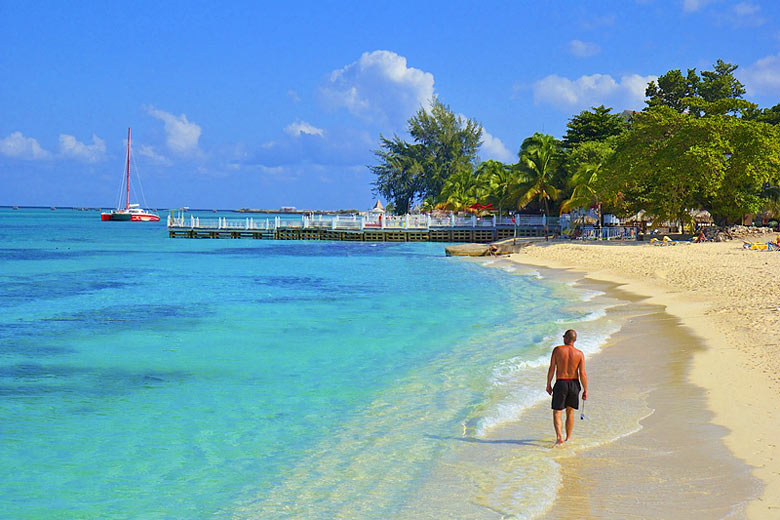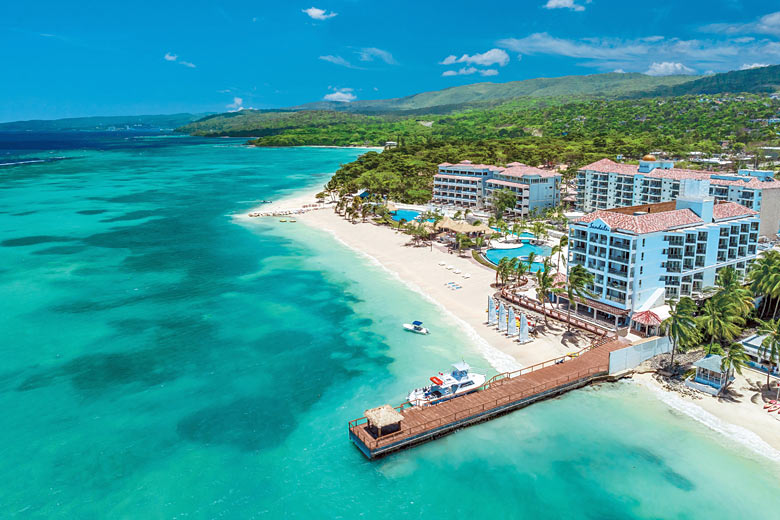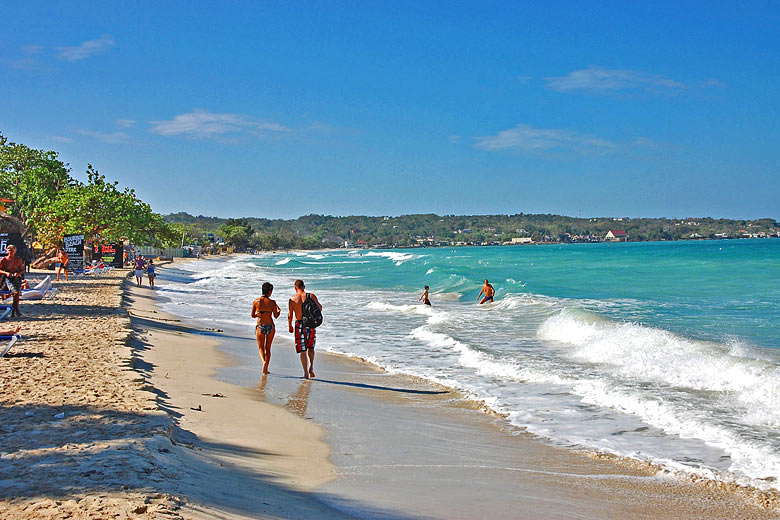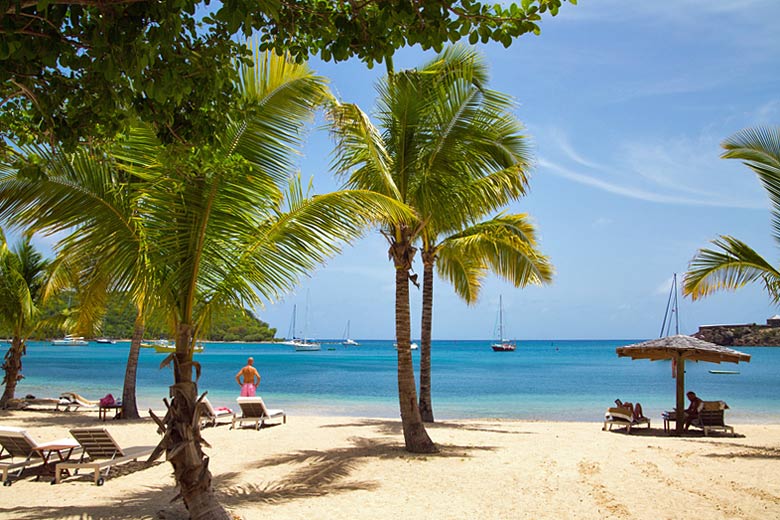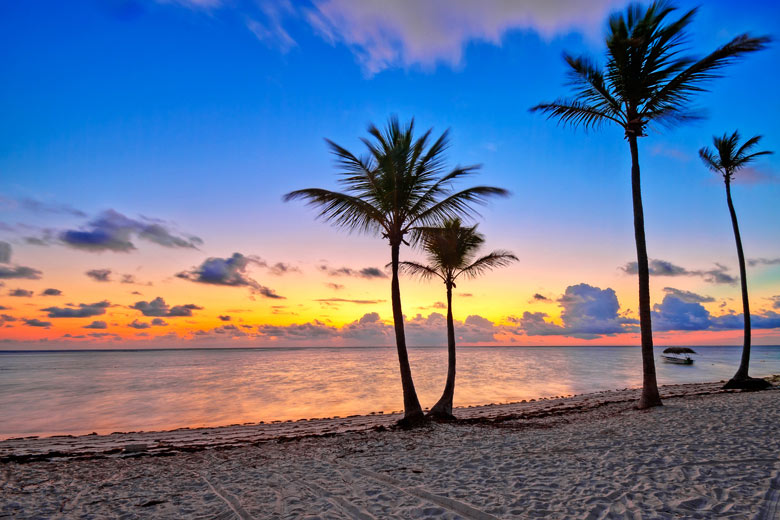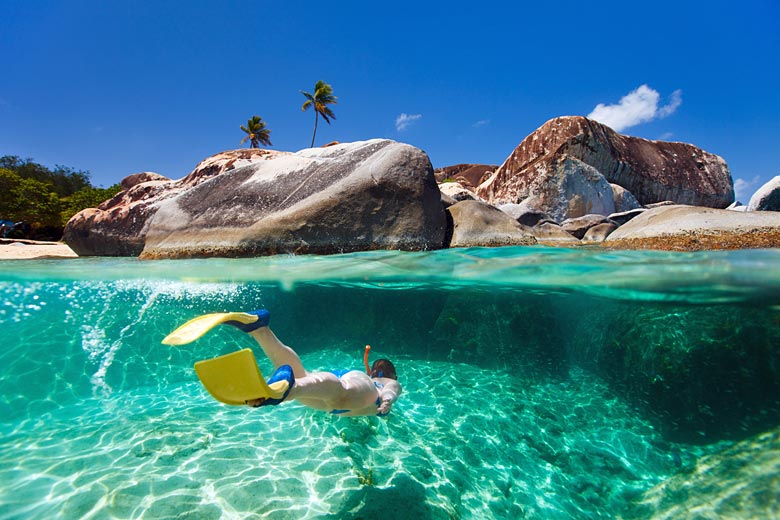- Book holidays in 2025/2026 from just £149 per person
- Destinations include Portugal, Spain, Greece & Egypt
- Pay low holiday deposits from £49 per person
Jamaica weather by month
Check out Jamaica weather averages by month. Compare detailed monthly climate statistics including temperature, rainfall and sunshine figures.
| Jan | Feb | Mar | Apr | May | Jun | Jul | Aug | Sep | Oct | Nov | Dec | |
|---|---|---|---|---|---|---|---|---|---|---|---|---|
| Maximum daytime temperature °F |  84 84 |
 84 84 |
 86 86 |
 86 86 |
 86 86 |
 88 88 |
 90 90 |
 90 90 |
 88 88 |
 88 88 |
 86 86 |
 84 84 |
| Hours of sunshine (daily) | ||||||||||||
| Days with some rainfall |  8 8 |
 6 6 |
 6 6 |
 7 7 |
 12 12 |
 13 13 |
 13 13 |
 13 13 |
 14 14 |
 16 16 |
 11 11 |
 9 9 |
| Sea temperature °F |  81 81 |
 81 81 |
 81 81 |
 81 81 |
 82 82 |
 84 84 |
 84 84 |
 84 84 |
 84 84 |
 84 84 |
 84 84 |
 82 82 |
More about Jamaica
Jamaica by month
Jan Feb Mar Apr May Jun Jul Aug Sep Oct Nov Dec
Recommended for Jamaica
The climate guide for Jamaica (Montego Bay) shows long term monthly weather averages processed from data supplied by CRU (University of East Anglia), the Met Office & the Netherlands Meteorological Institute. Find out more about our data sources.
Top Jamaica destinations
Below are average maximum temperatures at popular countries, regions and places in Jamaica for next month - August. Select a destination to see the climate guide for all months of the year.
All Jamaica destinations
Metric (°C) | Imperial (°F)
Jamaica climate overview
Jamaica is the largest English-speaking country in the Caribbean, having been a British colony for over 300 years. Famous for its laid-back pace of life and reggae music, it is also one of the most beautiful islands in the Caribbean.
It is a large island stretching 230 kilometres (145 miles) from east to west with a range of mountains running more or less along its length, rising to over 2,250 metres (7,400 ft) in the east.
The coastal areas of the north are the most popular tourist destinations, for example Port Antonio and Ocio Rios in the east, and Montego Bay and Negril in the west. Along much of this north coastline there are scenic beaches and secluded coves. The south coast is more rugged and less developed with rocky headlands and fewer beaches.
Jamaica's interior is varied, ranging from the dramatic Cockpit Country in the west, a vast limestone plateau with thousands of conical shaped hummocks forming caves and ravines, to the spectacular Blue Mountains in the east. The vegetation is a mixture of luxuriant tropical forest and lush coffee plantations.
The capital, Kingston, lies in the shadow of the Blue Mountains, which provide an impressive backdrop to its old colonial architecture.
The island has a tropical climate with two distinct wet seasons. It rains during May and June, and from September to November. This is followed by a long dry season running from December to April. Any rainfall during this period is usually associated with cold fronts migrating southwards from North America, but in mountain areas showers can develop on any day.
The Northern Hemisphere winter season from November to April is generally the sunniest time of the year, and the most popular with tourists. However Jamaica has a lot of sunshine throughout the year, even during the wet seasons.
At higher elevations clouds are more likely to form but even in the Blue Mountains in June or October there is good chance of 4 hours of sunshine a day, while on the coast around Negril and Montego Bay this can be as much as 7 hours.
Daytime temperatures are fairly constant year-round and lower in mountain areas. There is heat and humidity in all months of the year, and the most uncomfortable months in this respect are from July to October especially on the coast.
The region is prone to hurricanes from July to October. Although a direct hit on Jamaica is rare, if you are unfortunate enough to be there when a hurricane passes within a few hundred miles, there can be a lot of rain.
More about Jamaica
Compare Jamaica with the UK
Below the Jamaica chart shows average maximum daytime temperature for Jamaica (Montego Bay) and the UK (London).
Maximum daytime temperature (°F)
Metric (°C) | Imperial (°F)
Compare more Jamaica weather >>
Be inspired
Get your weekly fix of holiday inspiration from some of the world's best travel writers plus save on your next trip with the latest exclusive offers
We promise not to share your details
Related posts
Popular travel offers
Explore holidays in the sun for less
- Beach holidays
- Family holidays
- City breaks
- Summer holidays
- Winter sun holidays
- Holiday offers
- Top travel brands
- Airlines & flights
- Discount hotels
- Airport parking deals
- TUI
- Jet2holidays
- easyJet holidays
- Love Holidays
- January sales
Airport parking
- Manchester Airport
- Stansted Airport
- Bristol Airport
- Luton Airport
- Birmingham Airport
- Edinburgh Airport
- Gatwick Airport
- Glasgow Airport
- Newcastle Airport
Airport lounges
- Manchester Airport
- Birmingham Airport
- Bristol Airport
- Edinburgh Airport
- Glasgow Airport
- Heathrow Airport
- Newcastle Airport
- Stansted Airport
- Gatwick Airport















